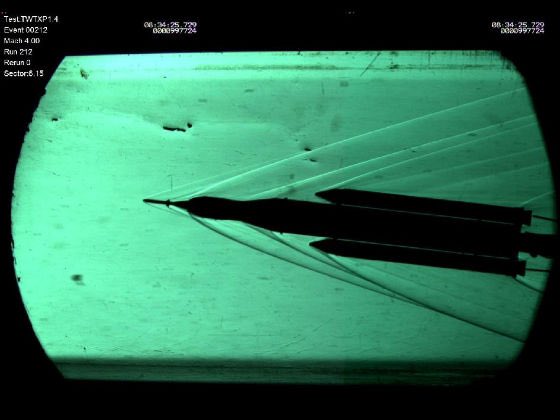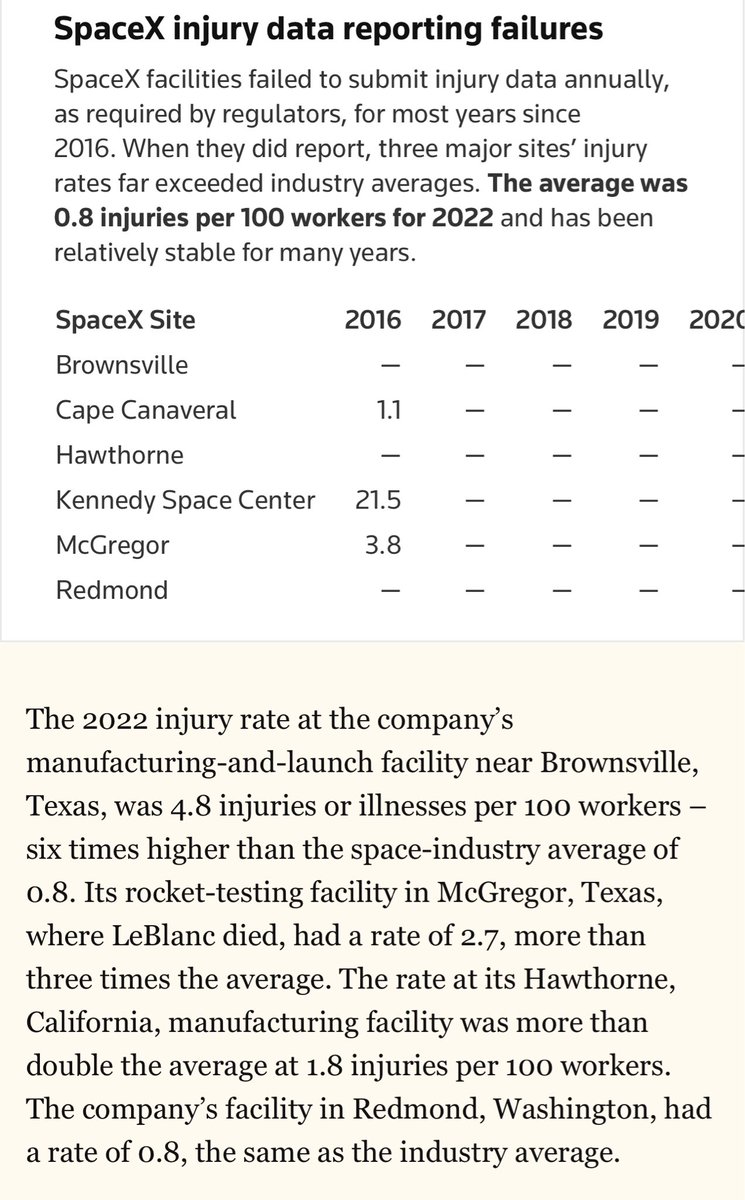There’s been a lot of confusion centered around this (very cool) video of yesterday’s Falcon 9 launch so I wanted to jump in and clear some things up
Short thread…
#AvGeek #Falcon9 #SpaceX @elonmusk
Short thread…
#AvGeek #Falcon9 #SpaceX @elonmusk
For starters, I recommend checking out this earlier thread I wrote on vapor cones and expansion fans as a lot of relevant points are covered there, so I won’t circle back to everything
This should explain the *transonic* vapor collar close to the rocket
This should explain the *transonic* vapor collar close to the rocket
https://twitter.com/drchriscombs/status/1300787794793713664
Okay, so the audio in the original video is misleading. This event happened at about 9km altitude, so any wave generated at that instant would reach the ground roughly 30sec later. Not sure how the audio was synced but if it’s real time from the ground, it’s coincidental
Notice you don’t hear this “boom” in the original SpaceX audio
Now, the flash of white you see *is* associated w the vehicle reaching supersonic speed & the resulting shock wave that forms at the nose
NASA & @DJSnM have noted this is related to upper cloud layer ice crystals interacting with the passing shock wave
➡️ nasa.gov/mission_pages/…
NASA & @DJSnM have noted this is related to upper cloud layer ice crystals interacting with the passing shock wave
➡️ nasa.gov/mission_pages/…
Note that if you look closely you can even see the shadow of the rocket in the thin layer of clouds
I think there’s still some speculation as to the exact mechanism at play here but the NASA explanation tracks IMO
I think there’s still some speculation as to the exact mechanism at play here but the NASA explanation tracks IMO

It’s worth clarifying that the shock wave & sonic boom are not transient processes—i.e. it’s not some instantaneous event that happens when you reach Mach 1 like an explosion/blast that then goes away
It’s a wave system that remains attached to the vehicle & moves w/ it
📷NASA
It’s a wave system that remains attached to the vehicle & moves w/ it
📷NASA

Hope that helps, please share and drop this in the replies to some of the posts going around!
Oh and if you want to see something a little similar to a shock wave system forming on a vehicle accelerating beyond Mach 1, here’s a schlieren video we recently recorded of a wedge during startup of our Mach 7 facility
• • •
Missing some Tweet in this thread? You can try to
force a refresh















